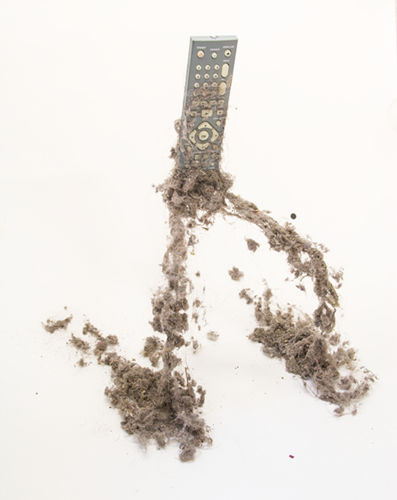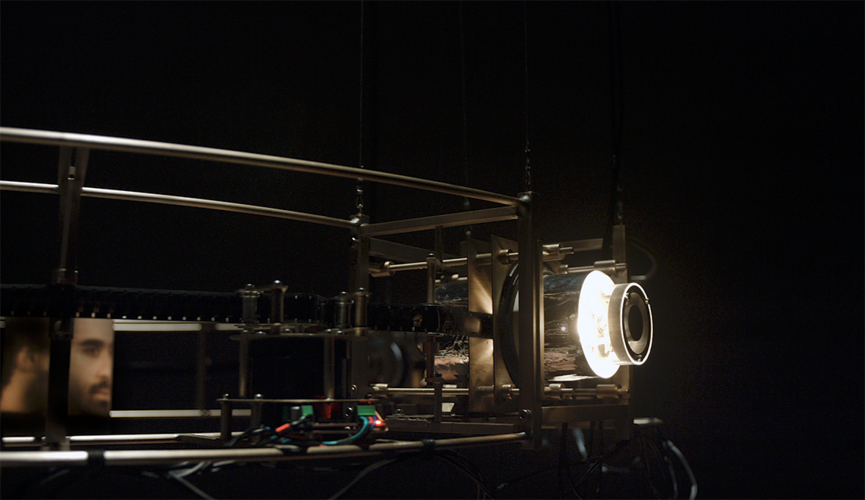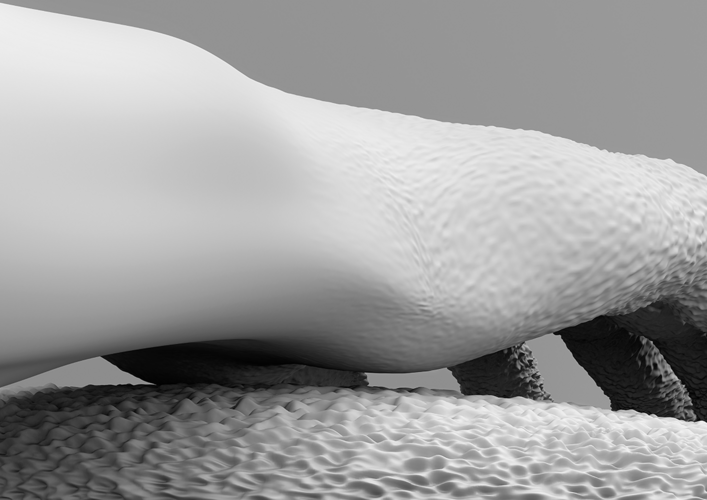Award Winners 2018
Johannes Bansmann
His work is a very intimate generalisation. How two ice cubes sunken in conversation. It is the attemp to create something out of what is nothing yet and something out of what is already nothing in order to build a piece of reality. Juxtaposing the big against the small as in acupuncture. But the complete technique is a mystery to him and he often fails to find even the needle. He needs a clear head. Must cast off ballast in the suction of the banalities. But what do you throw away? Everything seems to be a question of perspective. Keep an attitude, he thinks. Well produced, well staged, well consumed. That is how it should be. But how could things become so independent? He lost completely control. Now they lie there and don’t stir anymore. Only when you leave they twitch and take a look at you.
Nils Benedikt Fischer
'A quick look inside the machine', this is the initial scenario for many by Nils Benedikt Fischer's work. But the multidimensional structure reveals more and more views, so that a response about the possible intended purpose of the complicated construction can only be provisionally granted. That much is certain: Picture and machine are always for each other the couple, which enters multi-layered meanings. Its gradual discovery and the experience of activation is the goal and opens the gaze for a foreign metaphorical world, which takes off of the physical.
Juliane Tübke
The basis for Juliane Tübke's photographs is a paper that is used in archaeology in order to decipher found stone inscriptions. With the help of an imprint technique, she examines the qualities of various stony surfaces and therefore does not move the language in the foreground, but the material with its own creative power. In the end of the process is not the stone itself, which is photographed but always the paper, in which his tracks were inscribed during the printing process. Stone, a material that is generally only waiting to be formed by humans, and to gain meaning by him. In Juliane Tübke's work the stone evolves to an important actor in the generation of images, which gives the viewer a change of perspective and at the same time asks questions of communicating visibility and the invisible.


